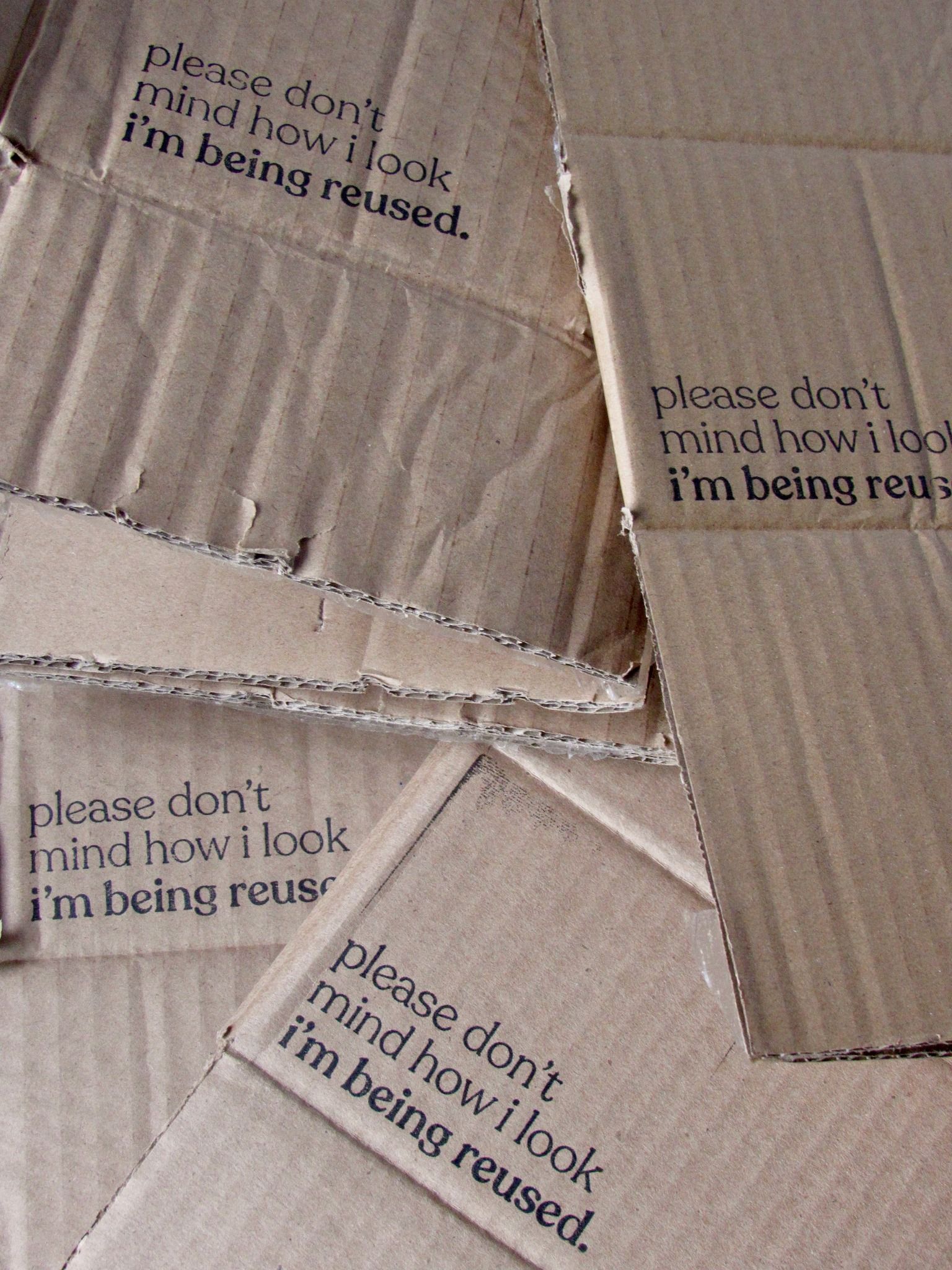Packaging by @alignslimes
As the world’s population continues to grow, the amount of plastic waste produced also grows exponentially.
Millions of tons of virgin plastic are produced each year, and the majority of used plastics are sent to landfills or disposed of into the environment causing harmful plastic pollution. 80 millions tonnes comes from the US alone every year.
Although plastic polymers have proven to be incredibly useful and versatile, they're not biodegradable, and they're made from toxic compounds that are harmful to the environment and to human health.
In this article, you'll learn more about the dangers of single-use plastic packaging and its impact on the environment, circular alternatives, and how to transition your business towards circular packaging.
Here's 6 Circular Packaging Products You Can Choose Instead of Plastic Packaging

1. Compostable Mailers instead of plastic poly mailers
2. FSC-Certified Tissue Paper instead of wrapping paper
3. Water-Activated Tape instead of plastic sticky tape
4. Recycled Mailers instead of single-use plastic packaging
5. Organic Cotton Reusable Tote Bags instead of plastic carry bags
6. Recycled Kraft Boxes instead of plastic-coated boxes.
What are single-use plastics?
Much of the plastic waste that pollutes the environment is from single-use plastics. Single-use plastic is a product made from fossil-fuel-based chemicals like natural gas or petroleum, and is meant to be disposed of right after use.
Single-use plastic packaging underpins our throw-away culture and can be seen everywhere: the straw in your iced coffee, the wrapper for your candy bar, the cup for your smoothie, the plastic bag for your takeout, plastic water bottles, and much more. Typically, these plastic products are meant to be disposed of within minutes from the time they are purchased.
40% of plastics produced every year are single-use plastics, and the primary reason why plastic pollution is such a big issue is that we don’t recycle and reuse enough plastics.
When plastics are disposed of and sent to a landfill, they end up polluting the environment because plastics contain additives that make them flexible and durable. Experts estimate the time taken for plastics to break down to be 400 to 600 years.
Recycling or repurposing plastics helps to reduce their environmental footprint. However, single-use plastics like cutlery, straws, and bags are usually difficult to recycle because they may fall into the crevices of recycling machinery.
That's why the best approach for businesses is to seek sustainable alternatives to polyethylene plastics — alternatives that have a much shorter lifecycle and less negative impact on our environment.
Negative impacts of plastic packaging on the environment
Polymers are made of toxic raw materials that take centuries to decompose and wreak havoc on the natural environment. Below are some of the harmful consequences of using plastic packaging:
1. Land pollution
Plastics dumped in landfills often interact with water to form hazardous chemicals. When these chemicals find their way underground, they degrade the quality of groundwater. This contaminated water will find its way to our reservoirs and the water we consume.
Wind also carries plastic waste from one place to another creating litter. The deposited plastic can get stuck on fences, poles, electrical towers, and more.
2. Ocean pollution
You will find plastic containers and garbage bags full of trash on coastlines around the world. Millions of tons of plastic waste escape into our oceans every year, and the problem has become so severe that it has created a massive floating landfill in the middle of the Pacific Ocean called the Pacific trash vortex.
All this ocean plastic has had terrible consequences for the marine environment and ecosystems. Fish, seabirds, and other marine species often end up eating microplastics that are created when plastic breaks into small particles. These microplastics are not only harmful to marine species, but also to humans that rely on marine life for nutrients.
3. Air pollution
The burning of plastics releases poisonous chemicals into the atmosphere that can cause respiratory problems in humans and animals when the polluted air is inhaled.
Some of the toxins released are also greenhouse gases like methane and ethylene. Research shows that gas emissions from plastic pollution account for 4% of global greenhouse gas emissions.
4. Animal death
Plastic waste kills millions of animals every year. Most of these deaths happen when animals get entangled by plastics and when they consume plastics instead of food.
Countless turtles, dolphins, seals, and other marine animals have been strangled by abandoned plastic items like fishing gear and six-pack rings. Microplastics found in the bodies of deceased marine mammals indicate that the plastic they consumed blocked their digestive tracts or pierced their stomachs.
5. Food chain disruption
When organisms as small as plankton become poisoned by packaging waste, it creates a chain reaction that disrupts the food chain.
Animals that rely on them will die off due to less food, and larger animals that depend on second-level animals will also be severely affected.
Humans that rely on marine animals for food won't be spared either. Our food stocks will get diminished, and harmful microplastics will also be present in the fish we eat.
6. Use of fossil fuels
The bulk of global oil production goes into the manufacturing of plastics. This creates a situation where the ever-growing demand for plastics is contributing to climate change and undermining the push towards a more fossil-fuel-free world.
7. Expensive clean-up
It costs a fortune to clean up plastic garbage from affected areas. The whole world is aware of the Texas-sized plastic vortex floating in the Pacific Ocean, and yet no one seems ready to foot the immense bill required to clean it up.
The cost of cleaning up plastic waste is prohibitive, and this waste management expense can be avoided by limiting the use and production of plastics in the first place.
Can bioplastics be a sustainable alternative?
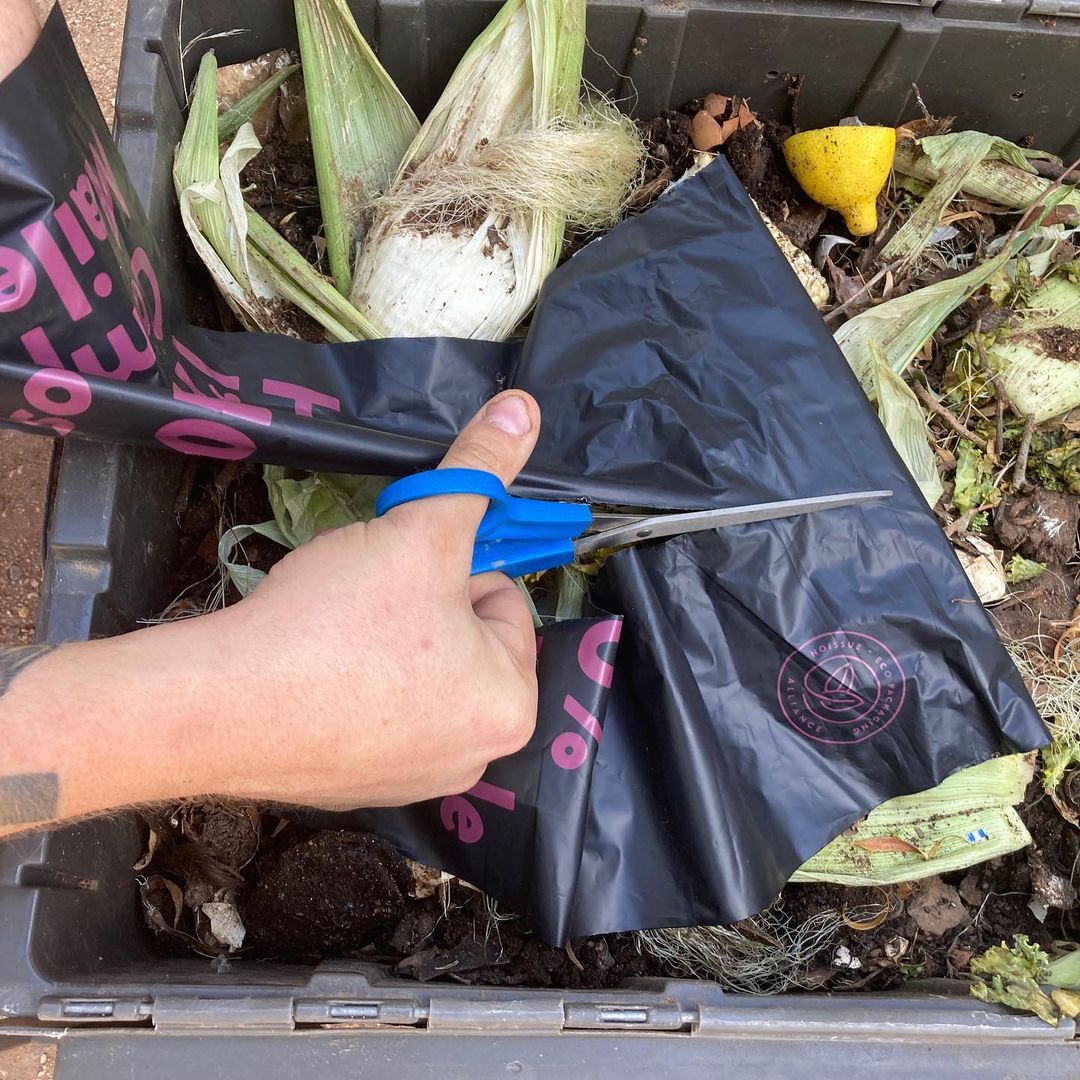
There is a growing interest in bioplastics as an alternative to traditional plastics used for packaging, seeing as they are made of renewable products.
Bioplastic or bio-based plastic refers to any polymeric material that is made from a plant or other biomass source instead of petroleum.
The components of bioplastic packaging can either be made by extracting sugar from plants like sugarcane and converting it into polylactic acids (PLAs) or made from polyhydroxyalkanoates (PHAs) obtained from microorganisms.
There are three major types of bioplastics:
1. Biodegradable bioplastics
These are compostable bioplastics that are capable of undergoing degradation into their constituent components under the influence of microorganisms or enzymes.
Often, you will need dedicated facilities to decompose them as the bioplastic needs to be heated in a facility at a temperature high enough to allow its constituent microbes to break down.
However, many of the newer bioplastics can break down in home compost, including noissue's Compostable Mailers. They meet American, European and Australian certification standards for composting as they break down within six months in a home compost, or in 90 days in a commercial compost setting.
2. Non-biodegradable bioplastics
These are bioplastics that are made of materials that do not decompose rapidly but are non-toxic and environmentally benign.
This type of bioplastics are not compostable and they take many years to degrade because they are made from byproducts that are not easily broken down by microorganisms.
3. Partially biodegradable bioplastics
This type of bioplastics can be broken down by organisms but the process takes a significant amount of time, typically more than six months. They are also not compostable.
Huge amounts of energy are used to produce bioplastics, and its environmental advantages can be minimal unless you are using biodegradable bioplastics.
Make sure the biodegradable bioplastics you select are compostable by keeping an eye out for leading industry certifications like TUV Austria and BPI.
Some common biodegradable bioplastics are:
- Starch-based plastic made from corn and potato starch
- Cellulose-based plastic made from cellulose esters and derivatives
- Bagasse made from leftover sugarcane stalks
- Protein-based plastic that uses products like wheat gluten, casein, and soy protein
- Bioplastics made from PLA blends
- Bioplastics made from TPS (thermo-plastically modified starch) blends.
Circular alternatives to plastic packaging
There are great circular packaging solutions in the market that can help you move your business towards sustainable packaging. Here are some of the most popular ones:
1. Cardboard Paper
Cardboard is a ubiquitous packaging material and for good reason. It is versatile, recyclable, and biodegradable.
It was already enjoying widespread use before the general public became more aware of the dangers of unsustainable packaging, and there is so much you can do with cardboard and paper bags.
noissue's Custom Hang Tags, Custom Kraft Mailers and Stock Kraft Boxes are all made from recycled Kraft cardboard. This gives materials already in use a second life and prevents new plastic materials from being used for packaging – win, win!
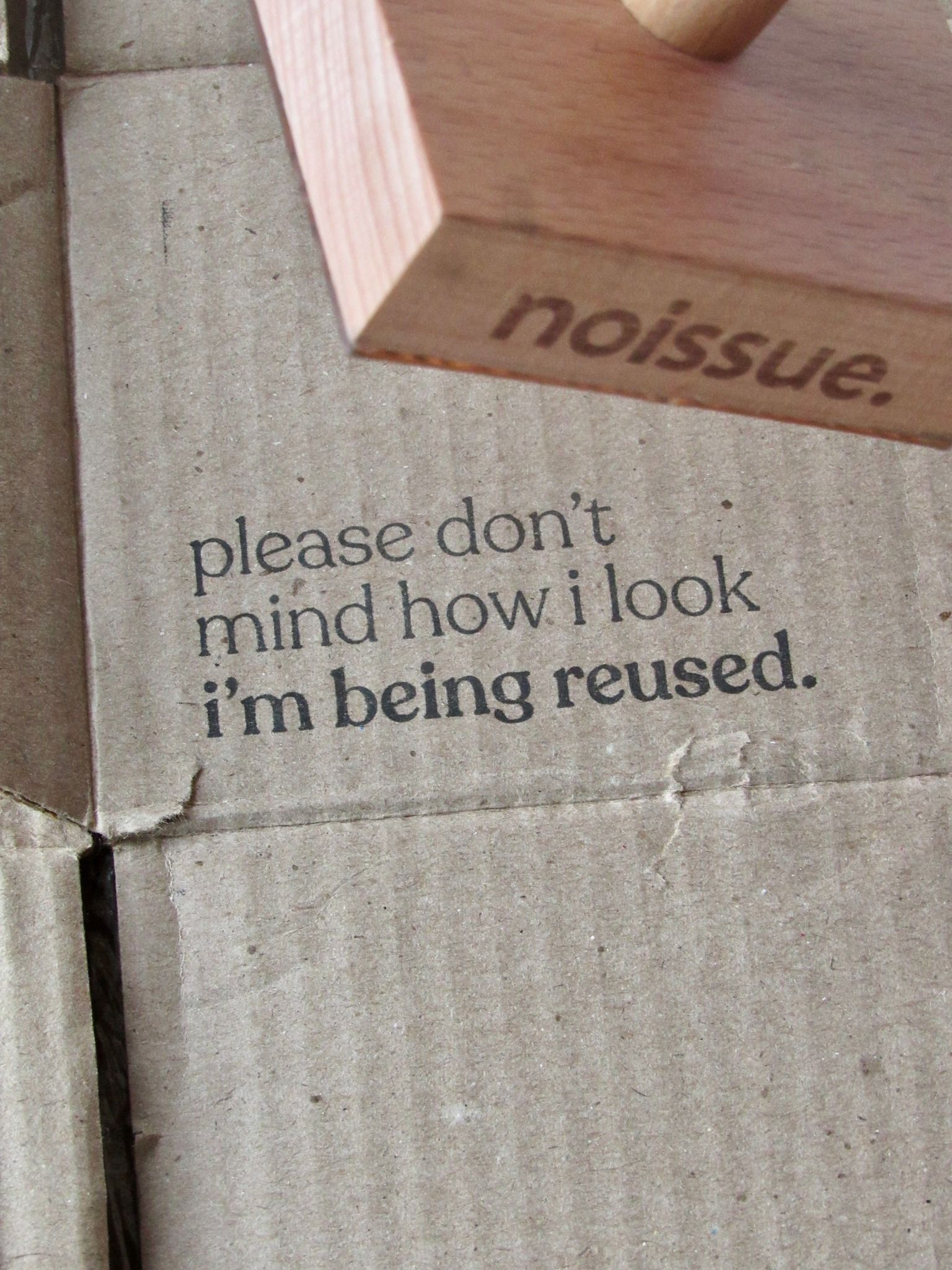
2. Bagasse paper
This is made from sugarcane pulp left behind after the juice has been extracted. The traditional practice was to destroy this material in the fields, which contributes to pollution. Using it as a packaging material not only minimizes the use of plastics, it also prevents other forms of pollution.
3. Recycled paper
Recycled paper is a great alternative to plastic because it gives materials already in circulation a second life. This reduces the amount of single-use waste being sent to landfill and conserving natural resources instead of needing to collect new, raw materials.
Many of noissue's paper products like Custom Cards, can be printed with either 100% recycled paper or a recycled and Forest Stewardship Council (FSC) paper certified mix.

4. Plant-based materials
Packaging can be made from natural materials like cornstarch, hemp plant, and jute. Cornstarch plastic is made using fermented sugar from corn. The final product is often used to make packaging peanuts.
Hemp plastic is made from the hemp plant and it is completely biodegradable, while jute fiber plastic is also a sustainable substitute for plastic.
noissue's Compostable Mailers are made from PBAT, a bio-based polymer that's compostable, and PLA, which is made from field corn and wheat straw. These PLA materials make up barely 0.05% of the annual global corn crop, which means it's an incredibly low impact resource.
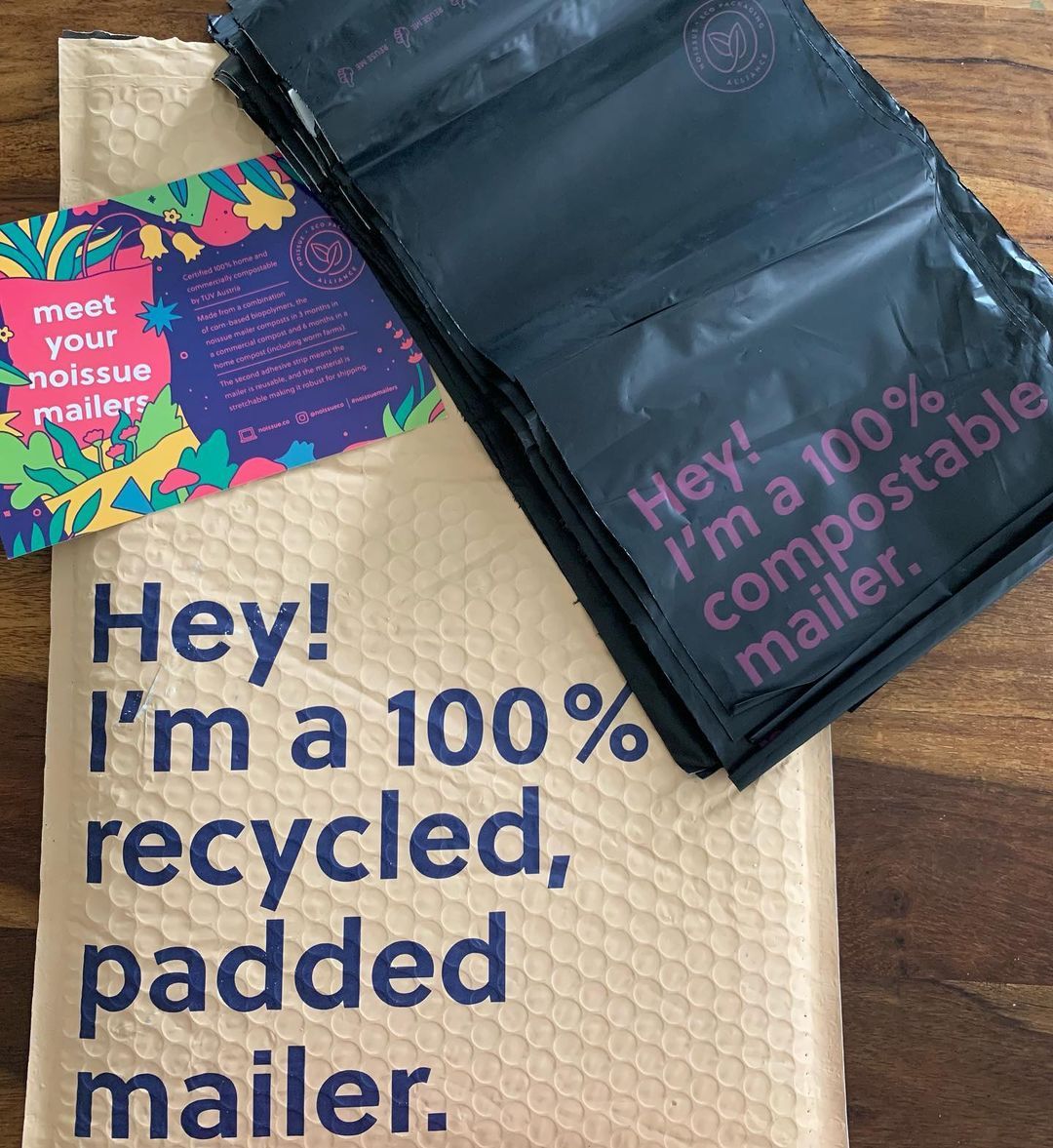
5. Edible packaging
This type of packaging is made from edible materials like potato fiber or milk protein. It is suitable for food packaging because customers can eat the wrapper along with the food contained within.
6. Glass
Glass has been used as a packaging material for hundreds of years, and although it is not biodegradable, it is very easy to recycle. Glass products can also be easily repurposed for other uses.
7. Stainless steel
Stainless steel is an excellent alternative because it is rust-free, durable, reusable, and infinitely recyclable.
Food-grade stainless steel is also heat-resistant making it a safe choice for food packaging.
8. Recycled plastic
As mentioned earlier, the reason why plastics are harmful to the environment is that we often only use them once. Recycled plastic has far less impact on the environment and it also reduces the energy used for production.
noissue's Recycled Mailers are made of 100% recycled plastic. The materials used are recycled low-density polyethylene (LDPE), a material commonly used to make plastic bags, and high-density polyethylene (HDPE), a material commonly used in plastic bottles.
They can be recycled anywhere soft plastics are accepted and will be made into something else after fulfilling their packaging purpose.
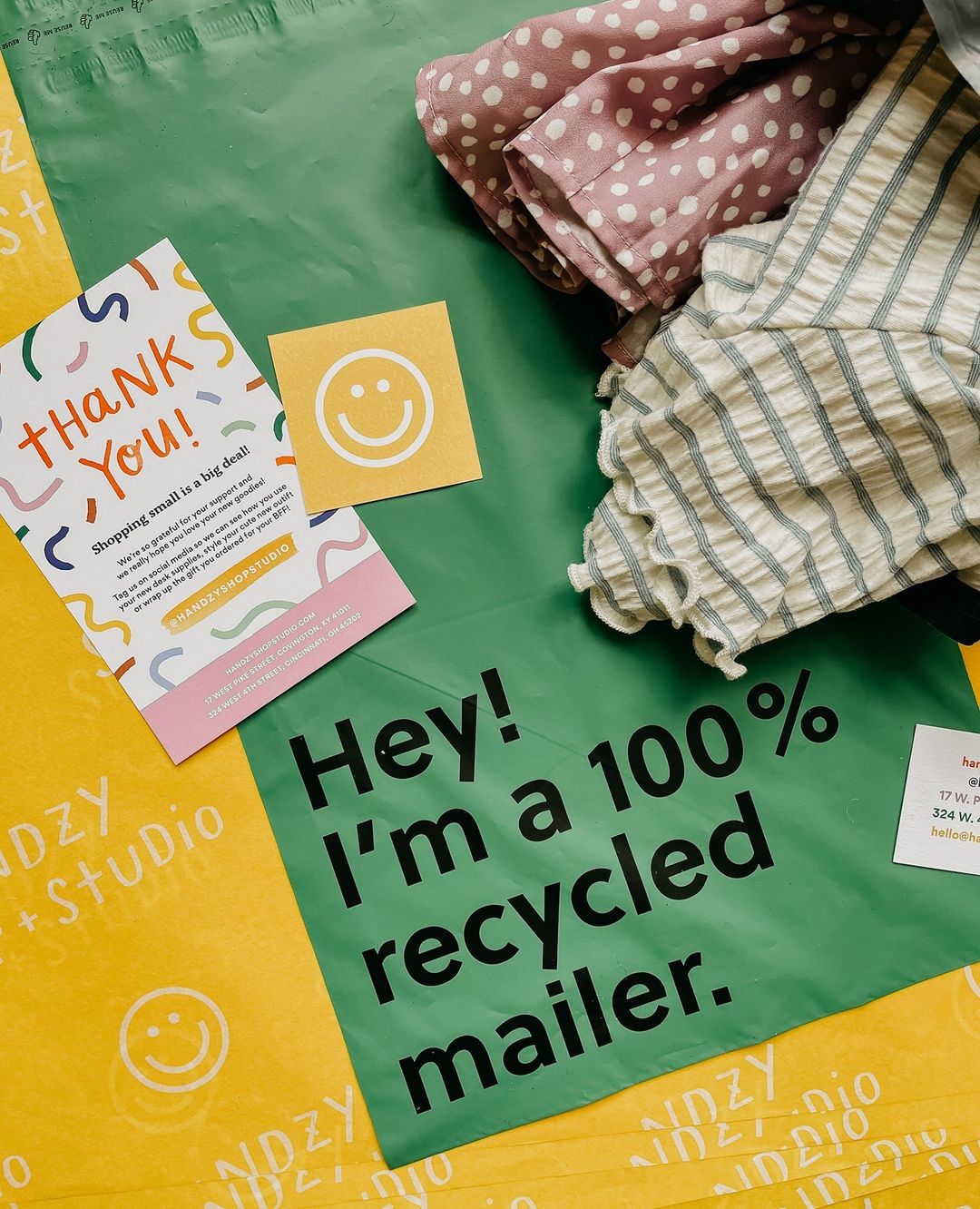
Why should you move towards circular packaging?
Most businesses are heavy users of plastic packaging. Large bottling companies like Coca-Cola and PepsiCo use millions of tons of plastics each year. The growing recognition of the harm caused by plastics to the environment is pushing businesses to adopt alternative eco-friendly packaging materials.
As a small business owner, it’s important that you develop a plan to lessen your environmental impact, which must include a shift to more sustainable packaging.
Businesses that choose to switch to circular packaging experience the following advantages:
1. Reduction in greenhouse gas emissions
Plastic production is energy-intensive and produces a high quantity of greenhouse gases. The Environmental Protection Agency (EPA) estimates that carbon dioxide emissions will reduce significantly if businesses and members of the public simply switch to sustainable packaging or constantly recycle their plastic waste.
As a business owner, switching to sustainable packaging will aid your CSR (corporate social responsibility) efforts and boost your reputation as a company that cares about the future of the planet.
2. Legal compliance
Governments around the world are taking steps to control the use of plastics. Many countries have banned single-use plastics entirely, while some others (like the state of New York) only target commonly used plastics like plastic shopping bags, straws, stirrers, and takeout containers.
A ban on plastics may be imminent in your city or country, and making the shift now will ensure that your business is well-prepared.
3. Lower shipping costs
Moving to sustainable alternatives can create opportunities for improvements and reduce costs.
Circular packaging is often a lighter weight material than non-sustainable materials like plastic. The lighter the packaging, the less it costs to ship your products.
As well as this, reviewing your packaging often means eliminating unnecessary layers, which saves you money. There are many circular alternatives to bubble wrap, such as Recycled, Padded Mailers, which have padding as a part of the mailer bag rather than needing to add another additional layer.
4. Improved stakeholder relationships
Boosting your environmental credentials can boost your image among critical business stakeholders, the public, and regulatory agencies.
Many retailers demand sustainable packaging from companies that use their ecommerce platforms and stores to sell their products. For example, Target introduced certain sustainability standards in 2018 that all of their brands were expected to meet.
5. New opportunities
Now more than ever, consumers are aware of the importance of circular packaging, and many are willing to pay more for it. Moving to sustainable packaging can help you attract more customers to your business while boosting the loyalty of existing customers.
Moving towards circular packaging
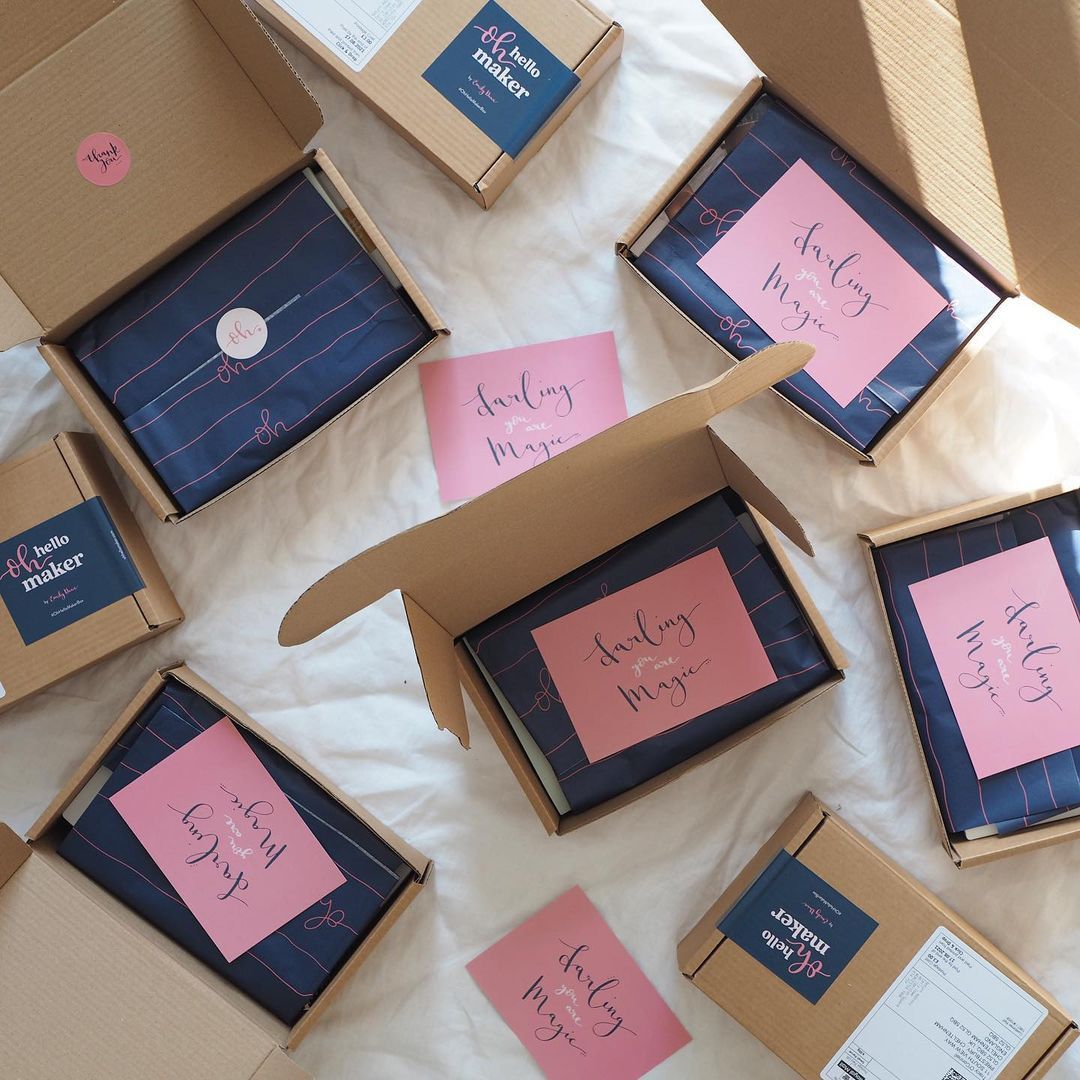
If you have made the decision to transition your business from plastic packaging to sustainable packaging alternatives, here's how you should go about it:
1. Research your industry
The first step is to research your industry to understand the players and factors that can influence your shift to sustainable packaging.
Look at environmental regulations, existing waste recycling and composting infrastructure in your area, and examine what your competitors are doing.
This information will help you create a feasible sustainability strategy that takes into account what works in your industry and identifies the right type of sustainable packaging products you can realistically use.
2. Understand where you stand
Review your current packaging portfolio to identify the type of plastic packaging you use that could be considered harmful to the environment. Identify materials used in your packaging that are recyclable, reusable, or biodegradable. Sorting these out will help you make trade-offs like choosing recyclability over biodegradability. It will also help shape your sustainability strategy.
3. Define your sustainability strategy
Here's where you identify the packaging materials to include in your new sustainable packaging portfolio. You must also classify each type of packaging material. For example, biodegradable packaging will be labeled as “compostable,” while plastics that can be recycled will be labeled as “recyclable.”
4. Communicate to customers
Inform your customers about your shift to circular packaging and show them how to accurately dispose of the different types of packaging. You should also inform them about packaging items like tapes and stickers that need to be removed before the sustainable packaging material can be disposed of. Alternatively, choose sustainable tapes and stickers to go with your packaging.
Wrapping it Up
Choosing to eliminate plastics from your packaging portfolio will not only help the environment but also boost the reputation of your business among customers.
Becoming a circular business can be a big win for your company. Get started by following the tips mentioned above and select the right packaging materials for your products! 📦

